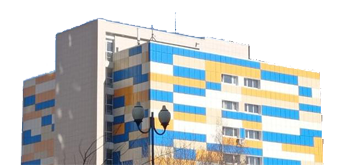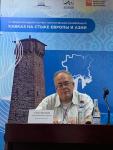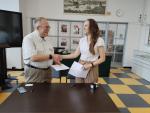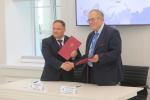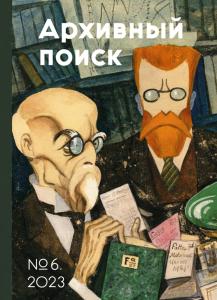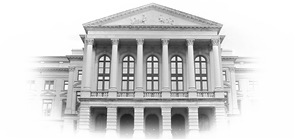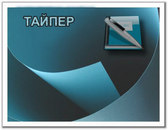22 июля 2024 г. директор Архива РАН А.В. Работкевич принял участие в IV Международной научно-практической конференции "Кавказ на стыке Европы и Азии". Он выступил в качестве модератора секции.
12.07.2024 г. директор Архива РАН А. В. Работкевич подписал договор о сотрудничестве с Ленинградским областным государственным архивом в г. Выборге.
25 июня 2024 г. директор Архива РАН А.В. Работкевич принял участие в заседании Научно-методического Совета архивных учреждений Северо-Западного федерального округа, который в этом году проходит в Пскове.
Во время проведения заседания директор Архива РАН А.В. Работкевич и председатель Архивного комитета Санкт-Петербурга, председатель Научно-методического совета П.Е. Тищенко подписали Соглашение о сотрудничестве в сфере архивной деятельности.
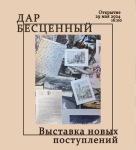
29 мая 2024 г. в Архиве Российской академии наук открывается ежегодная – уже двадцатая – выставка новых поступлений «Дар бесценный». В этом году Архив представляет 24 фонда ученых разных сфер: от историков, палеонтологов и реставраторов доматематиков, конструкторов и физиков, микробиологови океанологов.
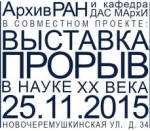
25 ноября 2015 года в Выставочном зале Архива РАН состоялось открытие выставки «Прорыв. Наука XX века», задуманной как эксперимент, в рамках разработки экспозиции будущего Музея истории Академии наук.
Выставка «Прорыв. Наука XX века» - это совместная акция Архива Российской академии наук и Московского архитектурного института кафедры «Дизайн архитектурной среды». Под руководством профессора Стегновой Е.В. студенты 6 курса МАРХИ разработали и реализовали новые приемы визуализации при экспонировании документов и музейных объектов из собрания Архива РАН. В центре концепции – «пульсация науки на линии времени». Нестандартный прием демонстрации развития отечественной науки в контексте времени, способствует ощущению близкого контакта с знаменитыми учеными, со средой в которой они жили и работали.



